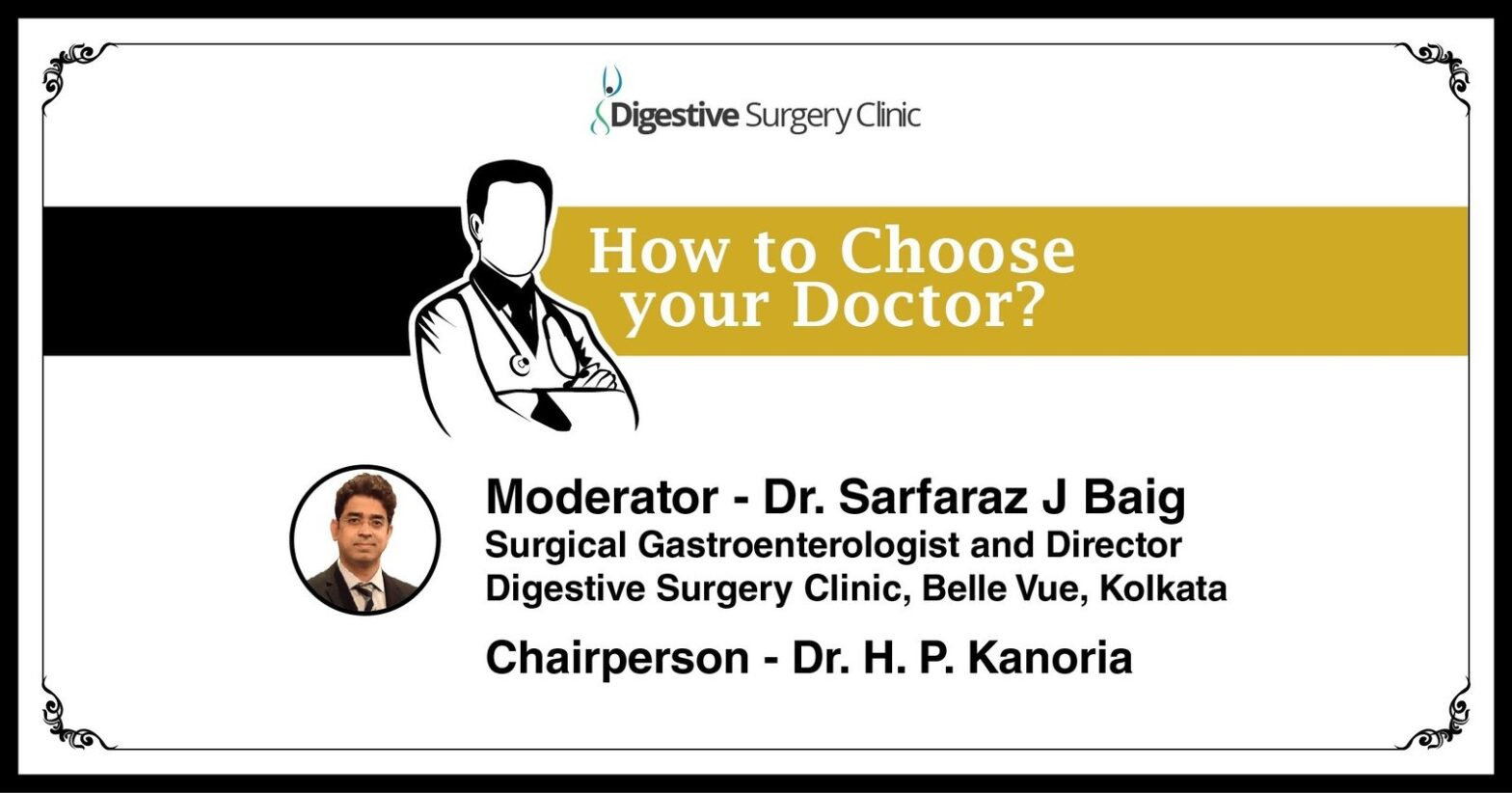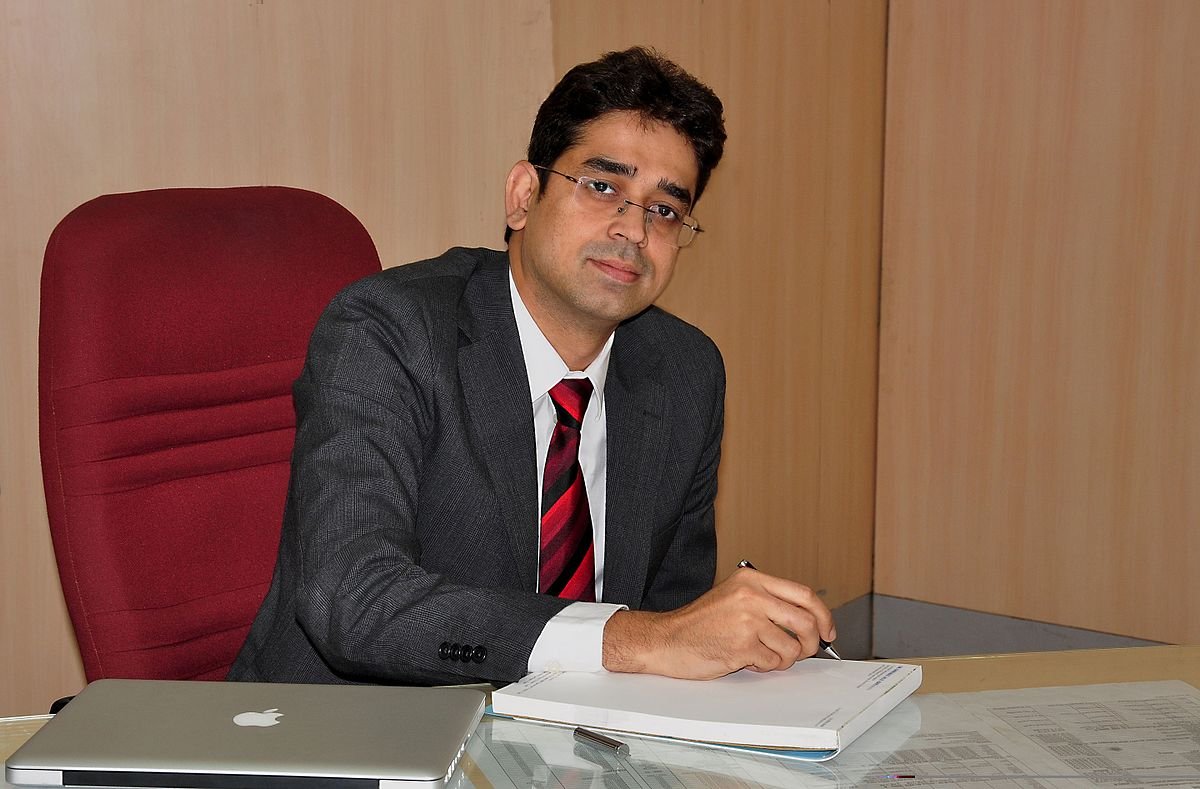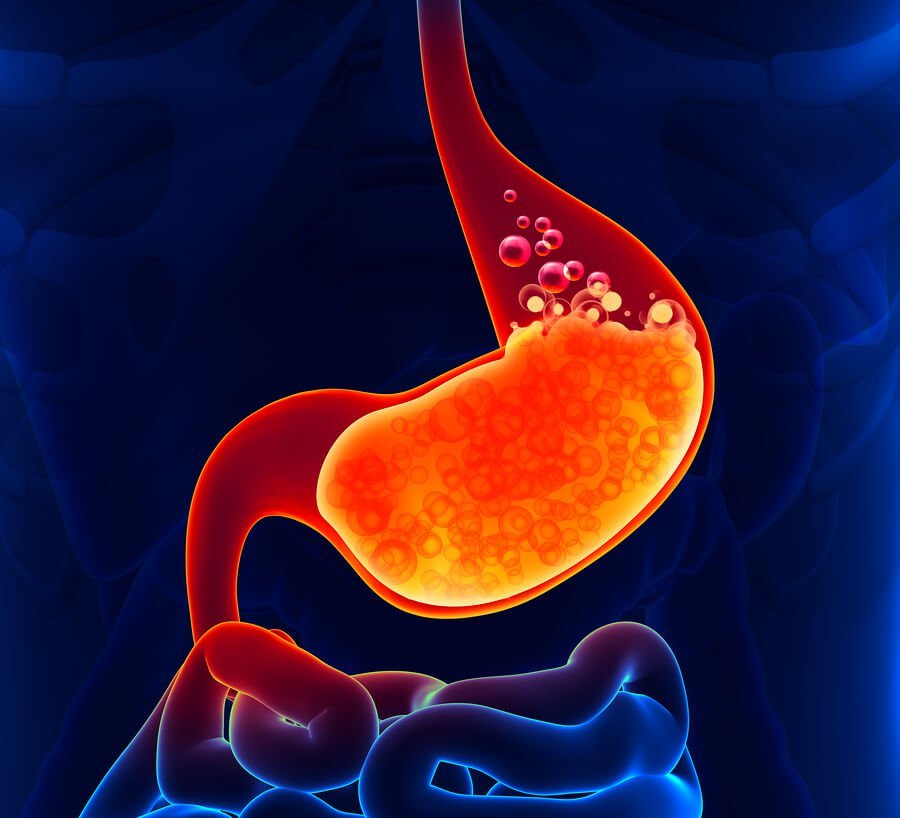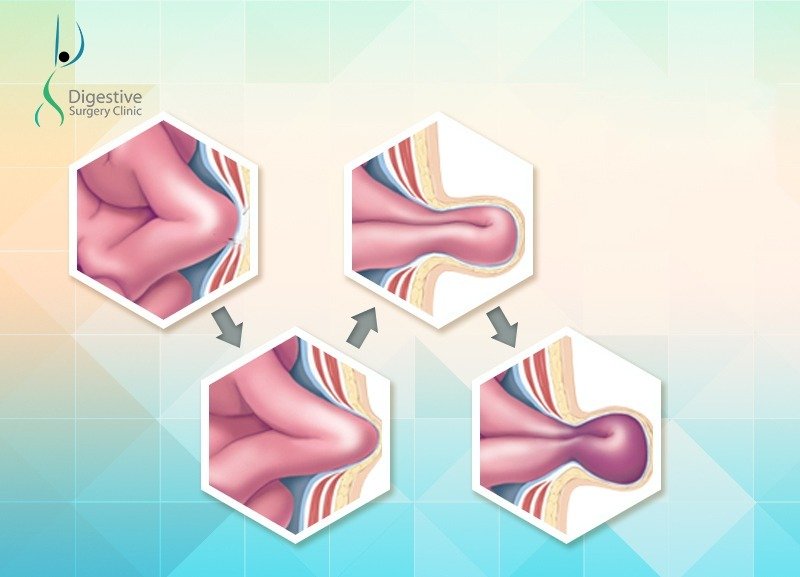In a unique event on Sunday 23rd July at the Hotel Taj Bengal, organized by Dr. Sarfaraz J Baig, who played the moderator, it was discussed amongst eminent panelists on “how to choose a doctor?” Indeed, nobody ponders to think about it. The majority of us go by recommendations from our family doctor, relative or… Continue reading How To Choose Your Doctor?
How To Choose Your Doctor?










